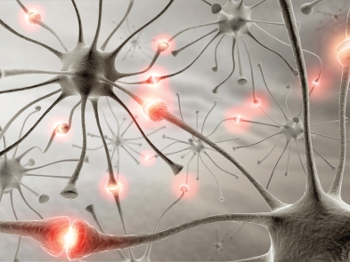Researchers at the Institution of Engineering and Technology, London, UK, have invented a new technology – the ability to control specific cells, embedded within dense neural circuits, with light. This could be used to treat brain disorders which are not effectively treatable by conventional means.
Over a billion people worldwide suffer from a brain disorder – stroke, depression, migraine, epilepsy, Parkinson’s, chronic pain, blindness. Few of these disorders are effectively treatable by drugs or neurosurgical procedures.
Part of the reason that these approaches often fail is that the brain is a very complex, densely wired, computer circuit, made out of heterogeneous cells, which vary in their shapes, molecular composition, and patterns of connectivity.

Ideally we would be able to hone in on the precise circuits within the brain that can best contribute to the remedy of disease, and then use those circuits as drug targets – or as targets for neurosurgeons to implant electrodes to improve symptoms.
To do this we’ve invented a new technology – the ability to control specific cells, embedded within dense neural circuits, with light. We do this by taking photosynthetic and photosensory proteins – found throughout the tree of life, in plants, bacteria, fungi, and other species - that convert light into electrical power.
Neurons compute using electricity, so if we can install these proteins into specific cells, then those cells would become light controllable, while their neighbours would remain light-unresponsive.
To do this, we use safe gene therapy viral vectors, currently used in humans in gene therapy trials, to deliver the genes that encode for these proteins to targeted neurons. Then we insert into the brain (which doesn’t contain pain neurons) safe, compact optical probes – for example, optical fibers attached to small LEDs or lasers – to deliver light into the brain.
We are prototyping new kinds of therapies using the optical control of specific cells, embedded within dense tissue, to control the activity of those cells, to treat the disorder.
Source: IET via